Restaurant photography is one of the most lucrative ways to earn income as a food photographer. With restaurants changing menus seasonally as well as the need to constantly have enough content for their social media channels, it’s an easy way for a food photographer to earn money on a retainer with restaurants.
But restaurant photography can be tough. Restaurants are a constantly changing environment where you have little control of the lighting, the food styling, props as well as how long you can spend photographic a dish. That’s why I’ve put together five of my best tips to help you take stunning images of for in restaurants with ease.

Add Interest In Your Compositions Through Props
With restaurant photography, you can be limited with the props available especially if you don’t have a food/ prop stylist to assist you on the shoot. I like to scout the restaurant and kitchen at the beginning of the shoot and collect any props that may seem suitable. This includes cutlery, smaller crockery such as pinch bowls, salt and pepper shakers, napkins, candles, small vases or table centerpieces. I even like to include the edges of chairs or part of the floor into my compositions. This always helps to add depth and interesting lines to my composition. One of my aims when it comes to restaurant photography is that someone should be able to recognize the restaurant as soon as they look at the image. Thus, bringing vital clues and interior elements into your imagery is really important.

Visit The Restaurant Beforehand
Scouting the restaurant beforehand will make the day of the shoot so much easier. Here are some things you want to look out for:
- Check out the lighting in various parts of the restaurants. Where does the sun rise from and set? Does the restaurant have hard lighting coming through the windows? Pick an area of the restaurant that is well lit and has a constant stream of light coming through.
- Evaluate which area of the restaurant is the quietest so you can reserve that for your shoot.
- Ensure there are enough tables for you to shoot as well as put your props and equipment on. You also need electricity ports handy.
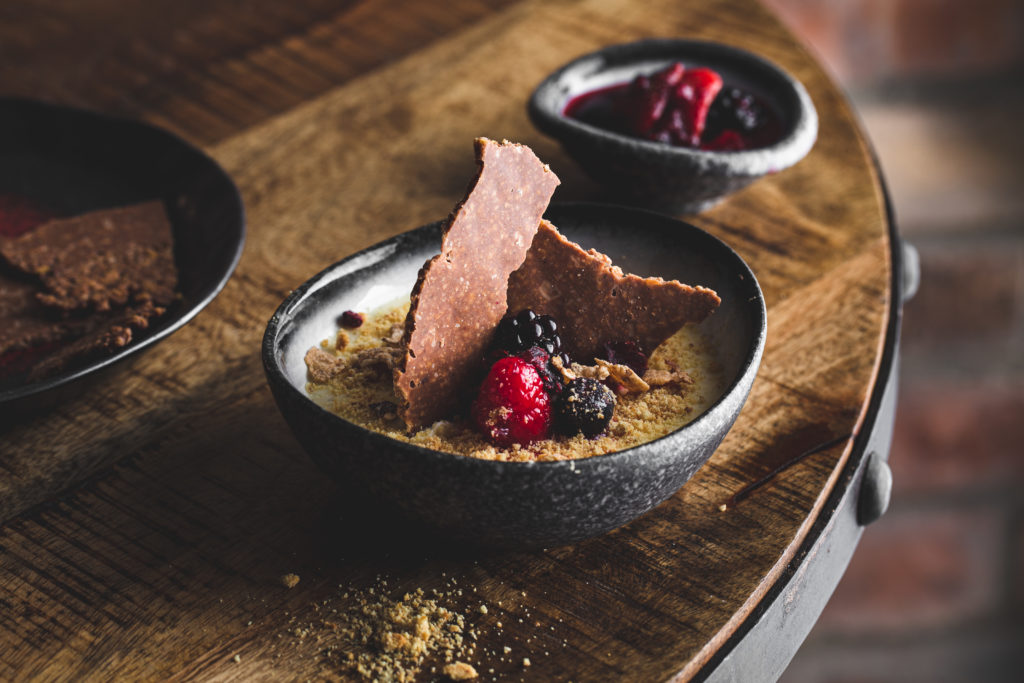
Consult With The Chef On Food Styling
When visiting the restaurant beforehand, it’s a good idea to meet with the chef. Remember, the chef will be your main point of contact on the day of the shoot and be in charge of all the plating and styling of the dishes you are shooting. Building a rapport with the chef before the day of the shoot is essential so that the shoot goes smoothly, you’re both on the same page when it comes to styling, any extra ingredients you may need, how the dishes should be plated, how quickly the dishes should be brought out as well as the best angle to shoot the dishes.
Check The Orientation
Checking what orientation the image needs to be used in is something I learnt every early in my career. The images shot for a restaurant are usually used for multiple platforms from websites, social media, imagines as well as iPad menus. Every platform had it’s own orientation so you need to confirm with the restaurant beforehand what orientation they would prefer. From my experience, I’ve found shooting in landscape mode to be easiest. I also make sure I’m not cropping any part of the main dish and I try and zoom out slightly to allow fro cropping in post production depending on the platform the image is used in.
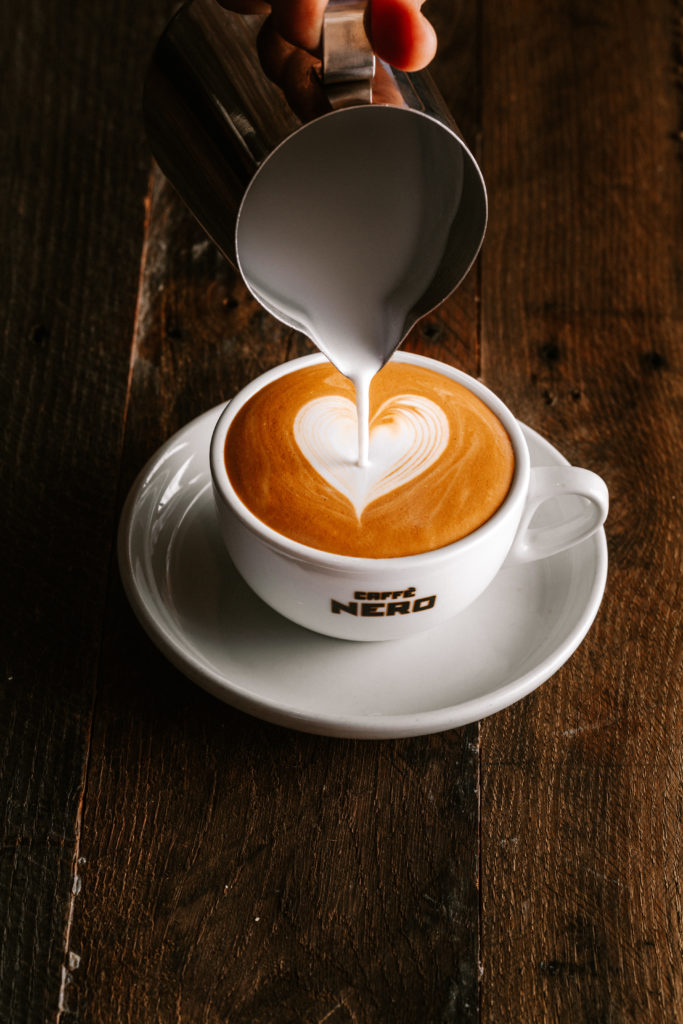
Shoot Tethered
Shooting tethered has been a game changer for my food photography. You can check this blog post I wrote that outlines exactly why you should be tethering. When it comes to restaurants, it will allow the chef or restaurant manager to immediately see the final image on a large screen for faster approvals. Faster approvals means you can get more images for the client.

As a photographer, it also makes you appear a lot more professional then someone who just shoots straight to camera. You can also make small changes to composition without having to recompose and waste time. Tethering is a great way to add hands in frame when shooting at restaurants which si something restaurant clients greatly appreciate.
Photographing restaurants is more challenging than just shooting a plate of food. You have to deal with clients that want it fast, cheap and all under budget. The food photography business is lucrative for those who know how to pull it off. It can be a challenge, but if you make use of some simple tips and tricks, you can ensure your success. With a little bit of preparation, instruction and practice, you’ll be ready to take some restaurant photographs like a pro.
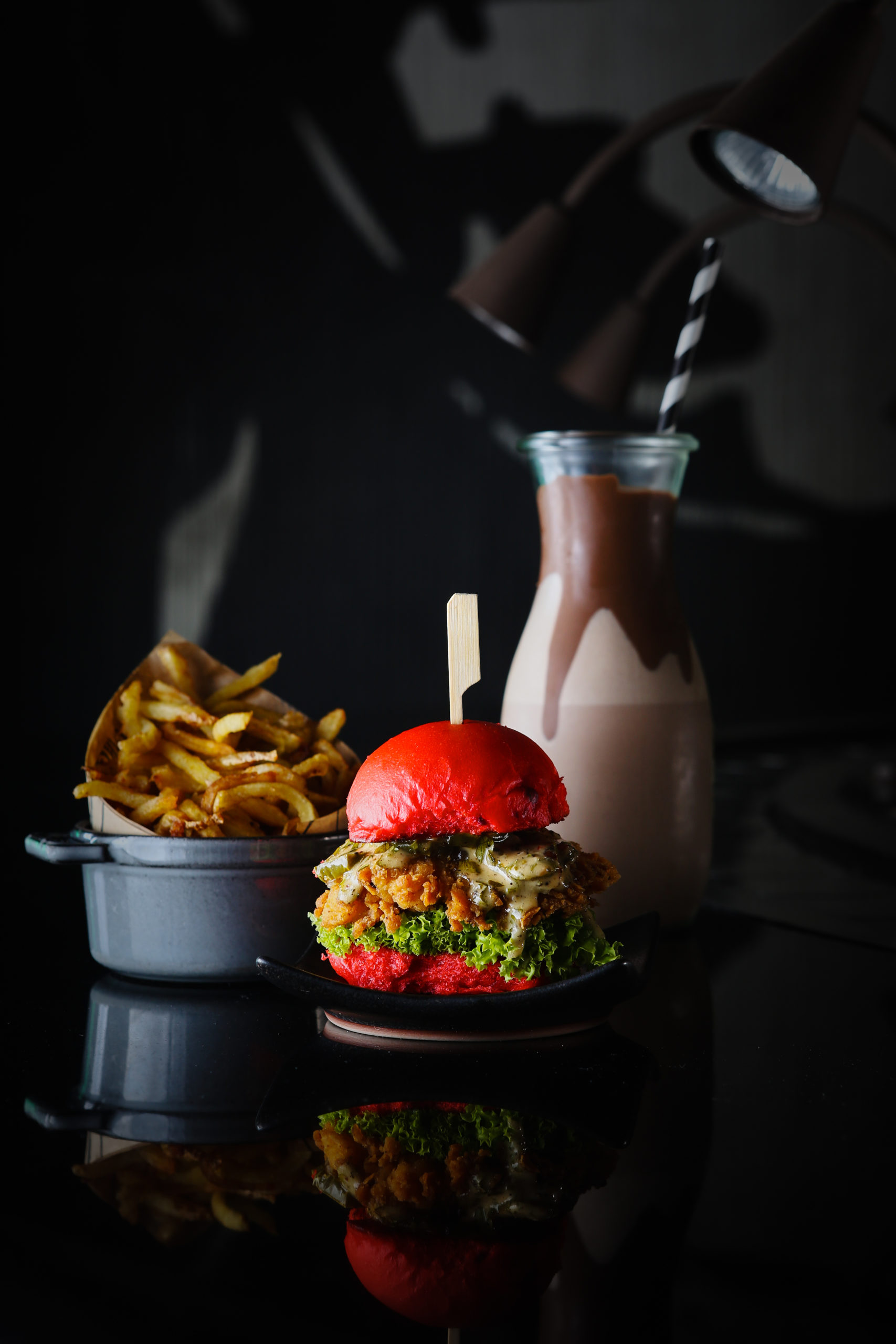

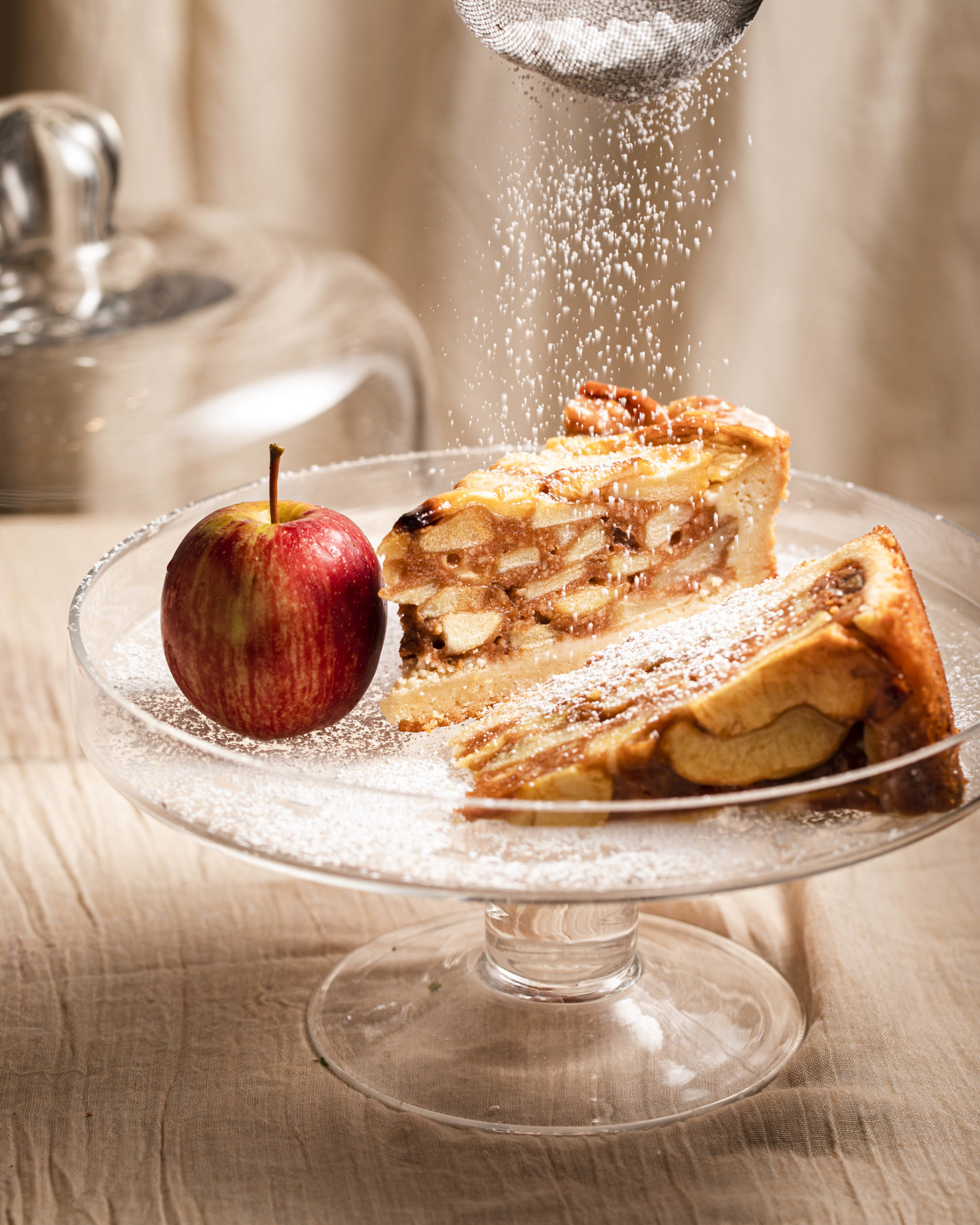
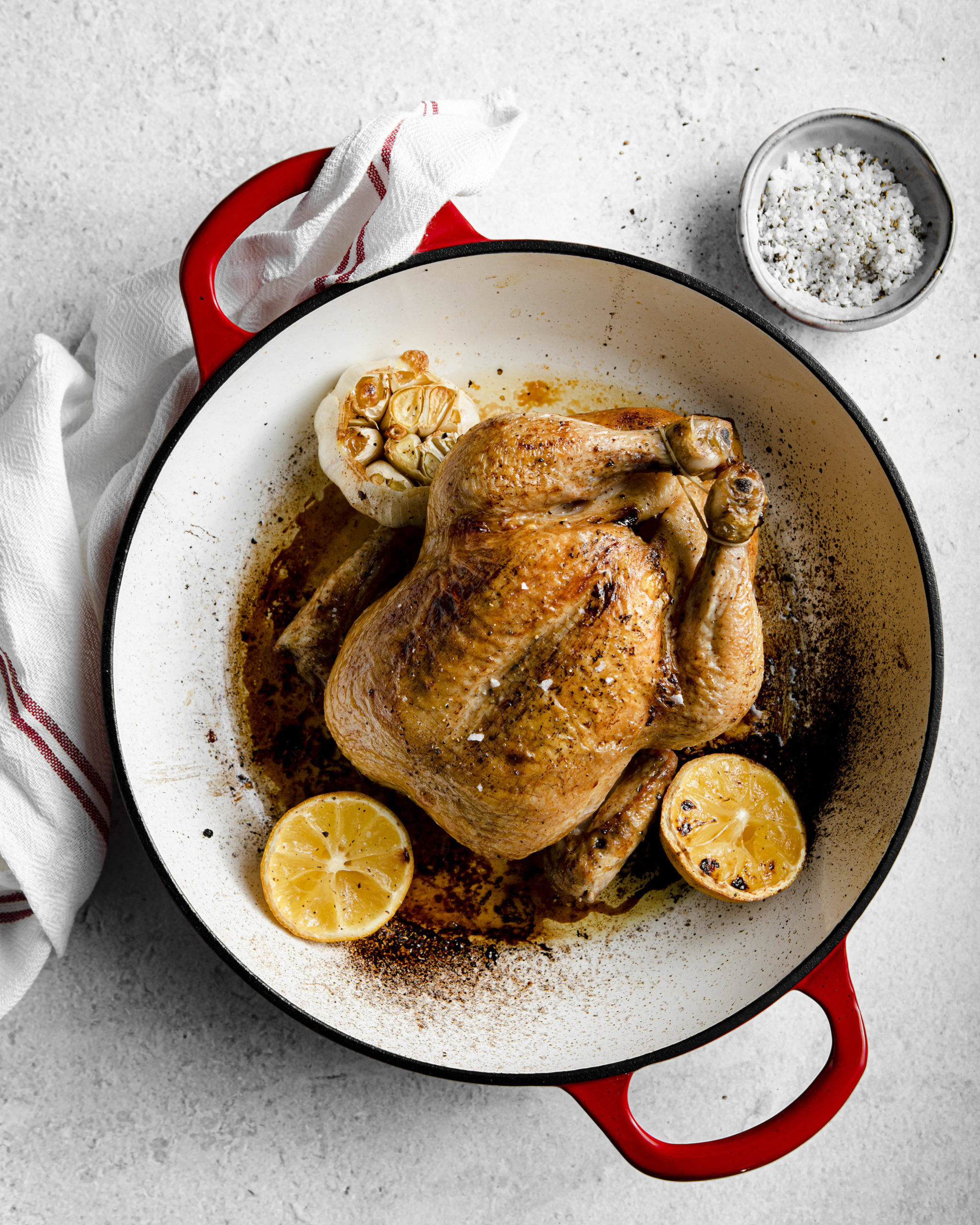
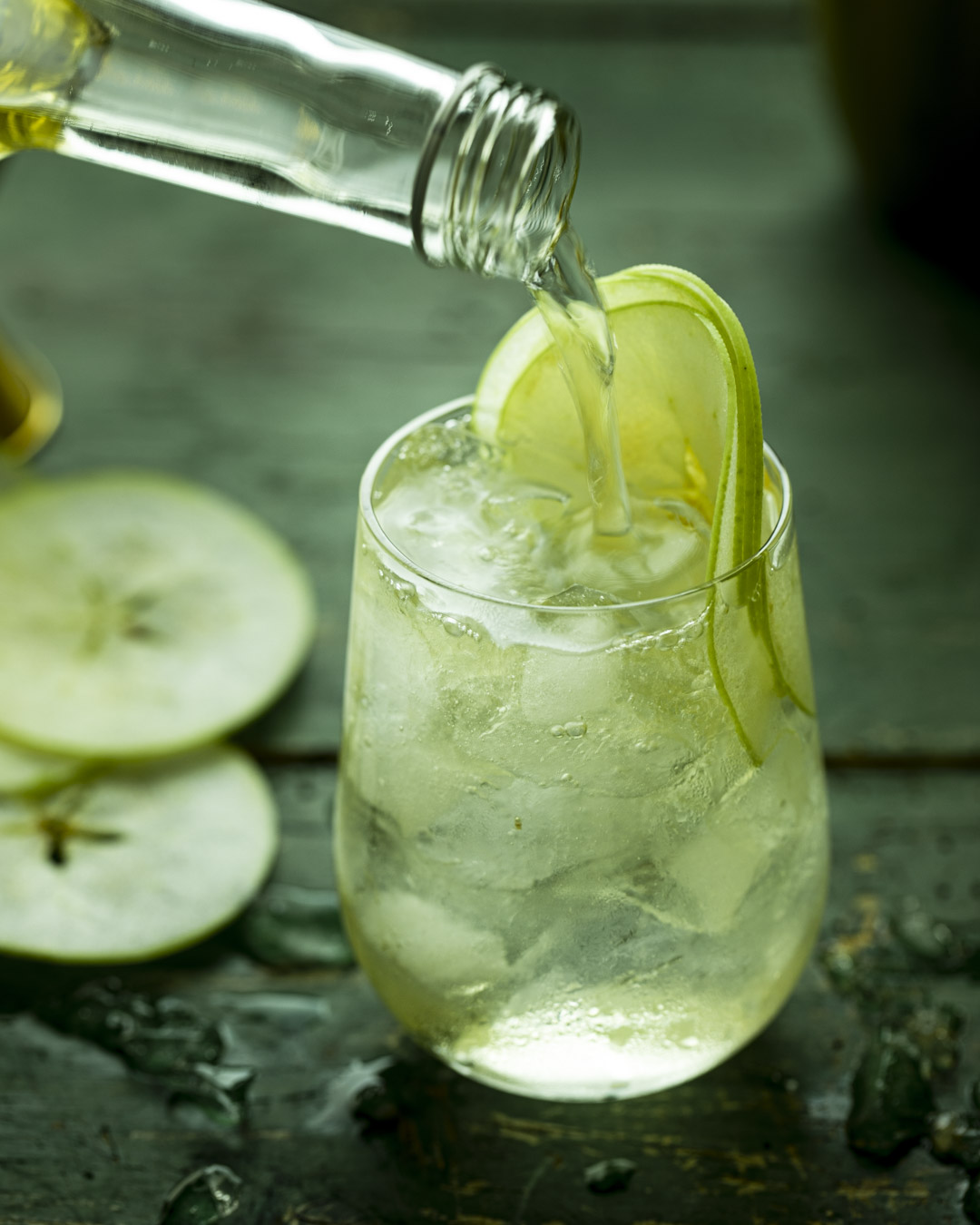
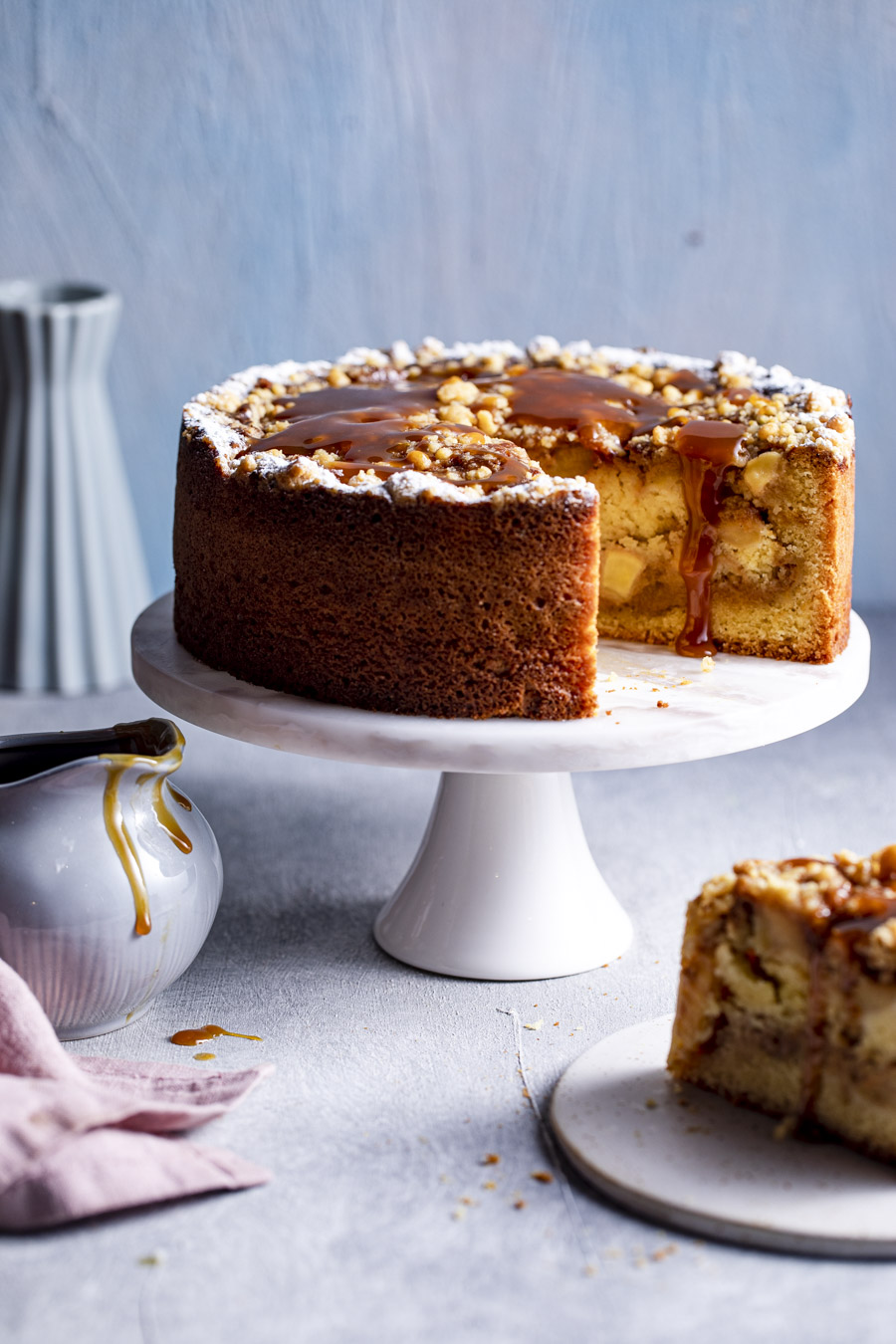
+ show Comments
- Hide Comments
add a comment